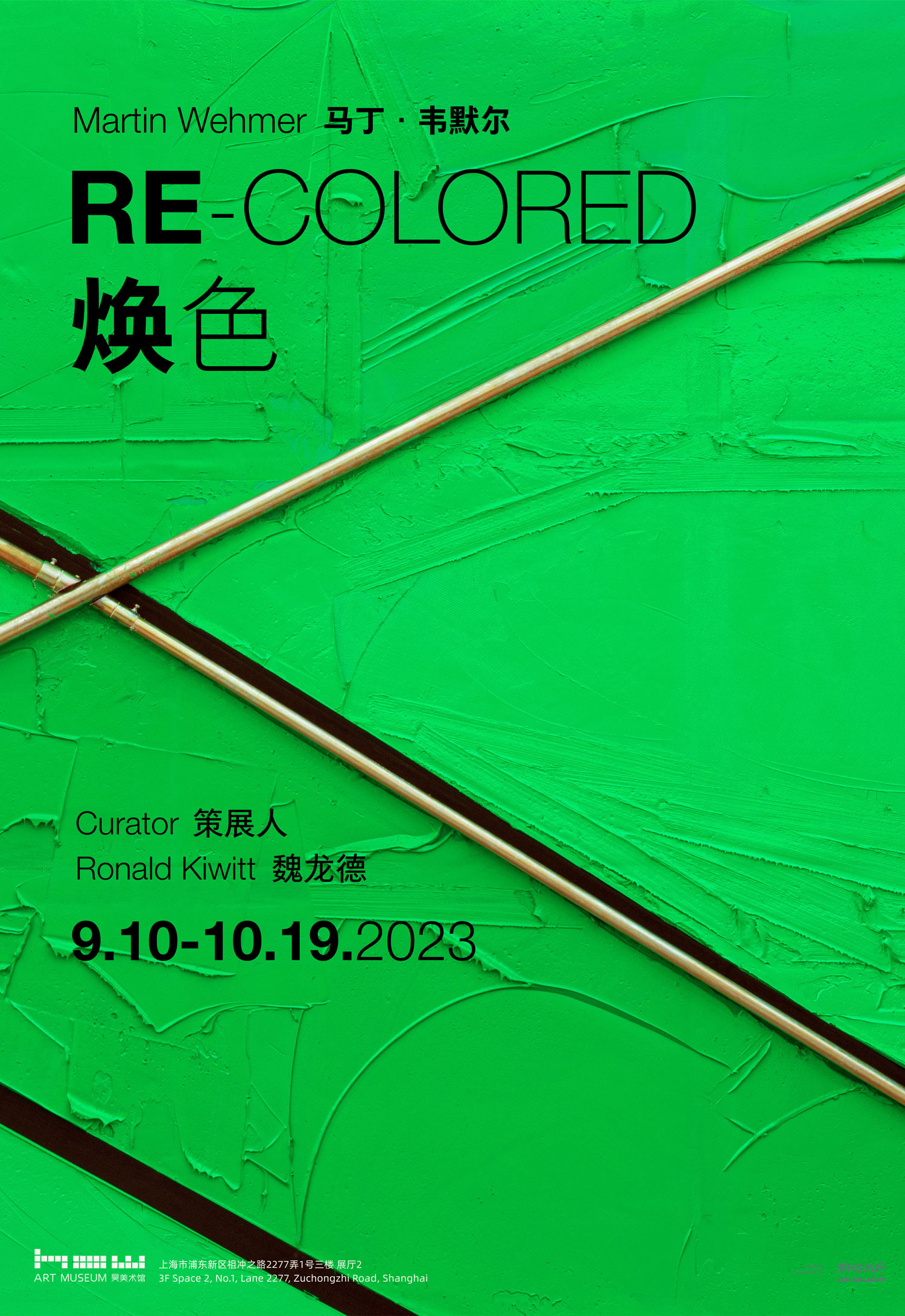The exhibition in the HOW Art Museum offers a retrospective impression of Martin Wehmer's creative phase in China to date that represents the entirety of Wehmer's creative palette. Through his paintings, we embark on a journey of visual exploration, where vibrant hues, dynamic textures, and captivating compositions converge to evoke a range of emotions and sensations. From the tangible to the abstract, Wehmer's art transcends conventional boundaries, engaging the viewer in a dialogue between the artist's vision and their own subjective experience.
The title RE-COLORED refers to a retrospective view on Wehmer’s creative process. It can also be understood as coloring. Colorfulness is very strongly resonant in Wehmer's work and runs through all the years of his creativity.
Color was always a very strong theme in modern painting. Through Martin Wehmer’s works the question arises: What is color and how do the colors react to each other? Josef Albers was particularly influential for his work on color theory. One of its important points is that color is relative and changes in proportion to the colors surrounding it.
All of Wehmer`s works (abstract or figurative) carry a strong impetus. Aside from the subject of the painting, the colorfulness works as a reinforcement and transforms the work onto another level. The color thus becomes the theme, which can also be seen in the sequence of his works.
Impressions of his everyday life can be read in Martin Wehmer's painterly style of expression, his subjects and titles. His works are painted very impasto with a generous style and convey energy, power and dynamism. Wehmer paints over, applies paint and removes it again - the painting process is clearly visible: brush, spatula, tube. Pure color is used and placed side by side over a wide area. In this way he creates a strong plasticity in the depiction while at the same time reducing and condensing the motif.
With Martin Wehmer, the banality of the motif is aesthetically exaggerated and becomes a painterly discourse on abstraction and dealing with painting: formally, gesturally and technically. His painterly interest lies in the abstract and informal, while many of his motifs come from the context of figuration. At the same time, completely abstract color schemes and patterns were created, in which he used not only impasto and relief-like paint but also ribbons and wooden strips as color and surface structuring means.
He shows painting as an arrangement of impasto forms, colors and textures that seem to mimetically capture a pictorial subject, but actually detach it from the subject.
Curator Ronald Kiwitt

